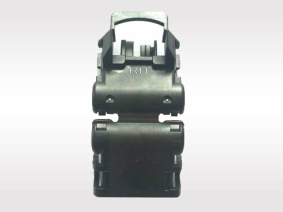
1. There are many kinds of molds, which can be roughly divided into ten categories. According to the different requirements of parts material, physical and chemical properties, mechanical strength, dimensional accuracy, surface finish, service life and economy, different types of die forming are selected.
2. The die with high precision needs to be processed by high-precision CNC machine tool, and the die material and forming process have strict requirements, and CAD / CAE / CAM die technology is also needed to design and analyze.
3. Due to the special requirements of some parts, the mold also needs to use advanced technology such as hot runner, gas assisted molding, nitrogen cylinder and so on.
4. The manufacturer shall be equipped with CNC, EDM, WEDM and NC profiling milling equipment, high-precision grinder, high-precision CMM, computer design and relevant software.
5. Generally, large stamping dies (such as automobile cover parts mould) should consider whether the machine tool has blank holder mechanism, or even edge lubricant, multi position progressive, etc. In addition to stamping tonnage, punching times, feeding device, machine tool and die protection device should be considered.
6. The above mold manufacturing means and technology are not owned and mastered by every enterprise. When choosing a cooperative manufacturer, we must understand its processing ability, not only depending on the hardware equipment, but also combining the management level, processing experience and technical strength.
7. For the same set of mould, there is sometimes a big gap between quotations from different manufacturers. You should not pay more than the value of the mold, at the same time, should not be less than the cost of the mold. Mold manufacturers like you, to make a reasonable profit in the business. ordering a set of molds with a much lower price would be the beginning of trouble. Users should start from their own requirements and comprehensively measure.









